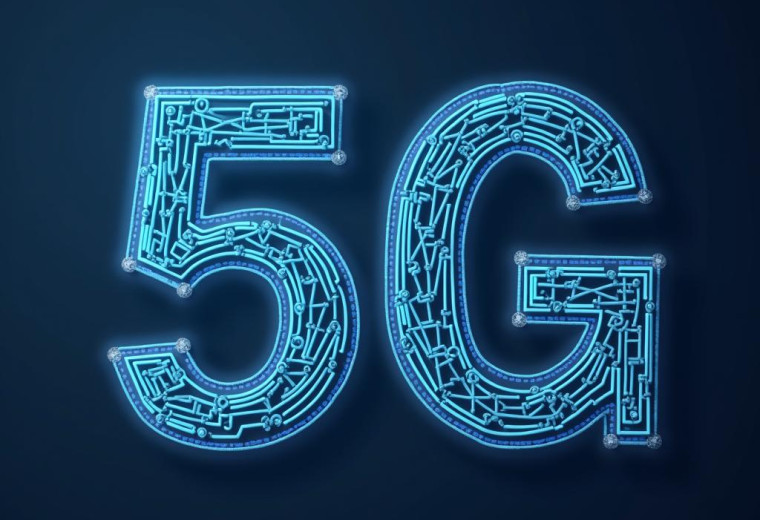Overview: In this comprehensive tutorial, we will delve into the world of 5G networks, exploring the key features, technologies, and applications that are driving this new generation of wireless technology. We will examine the benefits and challenges of 5G, including its potential to enable new use cases such as smart cities, IoT, and mission-critical communications. We will also discuss the technical details of 5G, including the radio access network, core network, and security architecture.
Introduction to 5G Networks
5G networks are the fifth generation of wireless technology, designed to provide faster speeds, lower latency, and greater connectivity than its predecessors. The development of 5G is driven by the growing demand for mobile broadband, the increasing adoption of IoT devices, and the need for mission-critical communications.
Key Features of 5G Networks
Some of the key features of 5G networks include:
- Faster speeds: 5G networks are capable of delivering speeds of up to 20 Gbps, making them much faster than 4G networks.
- Lower latency: 5G networks have latency as low as 1 ms, which is much lower than 4G networks.
- Greater connectivity: 5G networks can support a large number of devices, making them ideal for IoT applications.
Millimeter Wave Spectrum
One of the key technologies that enable 5G networks is the millimeter wave (mmWave) spectrum. mmWave spectrum refers to the range of frequencies between 24 GHz and 90 GHz, which is much higher than the frequencies used in 4G networks.
import numpy as np
# Define the mmWave frequency range
mmwave_freq_range = np.array([24, 90]) # in GHz
# Calculate the wavelength
wavelength = 3e8 / (mmwave_freq_range * 1e9) # in meters
print(wavelength)
Advantages of mmWave Spectrum
The mmWave spectrum offers several advantages, including:
- Higher bandwidth: mmWave spectrum offers a much wider bandwidth than lower frequency bands, making it ideal for high-speed applications.
- Lower latency: mmWave spectrum has lower latency than lower frequency bands, making it suitable for mission-critical communications.
Massive MIMO
Another key technology that enables 5G networks is massive MIMO (Multiple-Input Multiple-Output). Massive MIMO refers to the use of a large number of antennas at the base station to improve the capacity and coverage of the network.
% Define the number of antennas
num_antennas = 256;
% Define the number of users
num_users = 10;
% Calculate the array gain
array_gain = 10 * log10(num_antennas);
disp(array_gain);
Advantages of Massive MIMO
Massive MIMO offers several advantages, including:
- Improved capacity: Massive MIMO can improve the capacity of the network by increasing the number of antennas.
- Improved coverage: Massive MIMO can improve the coverage of the network by reducing the impact of interference.
Network Slicing
Network slicing is a key feature of 5G networks that enables the creation of multiple virtual networks on top of a shared physical infrastructure.
import java.util.ArrayList;
import java.util.List;
// Define a network slice
class NetworkSlice {
private String id;
private List services;
public NetworkSlice(String id) {
this.id = id;
this.services = new ArrayList<>();
}
public void addService(String service) {
services.add(service);
}
}
public class NetworkSlicing {
public static void main(String[] args) {
// Create a network slice
NetworkSlice slice = new NetworkSlice("slice1");
slice.addService("service1");
slice.addService("service2");
}
}
Advantages of Network Slicing
Network slicing offers several advantages, including:
- Improved resource utilization: Network slicing enables the creation of multiple virtual networks on top of a shared physical infrastructure, improving resource utilization.
- Improved flexibility: Network slicing enables the creation of customized networks for different applications and services.








Leave a Comment